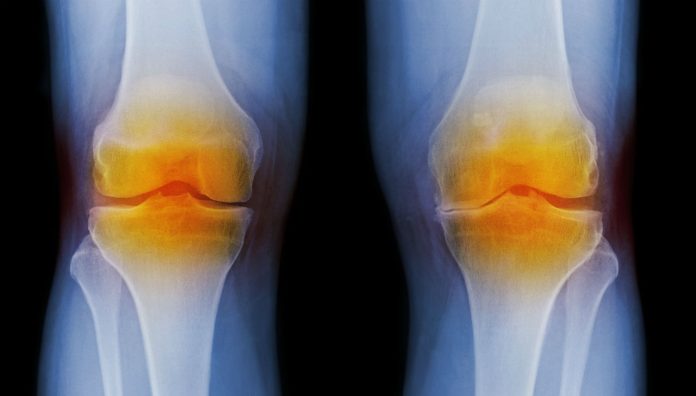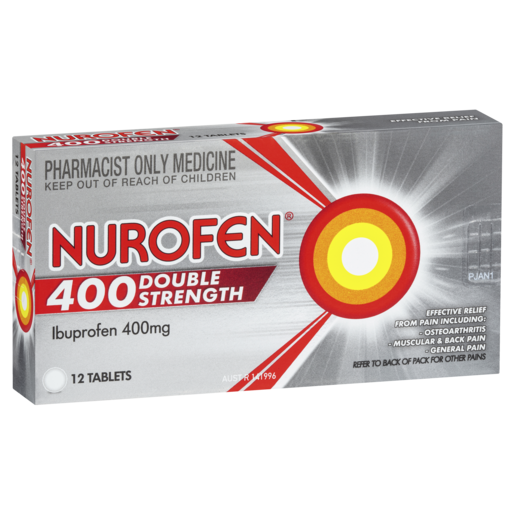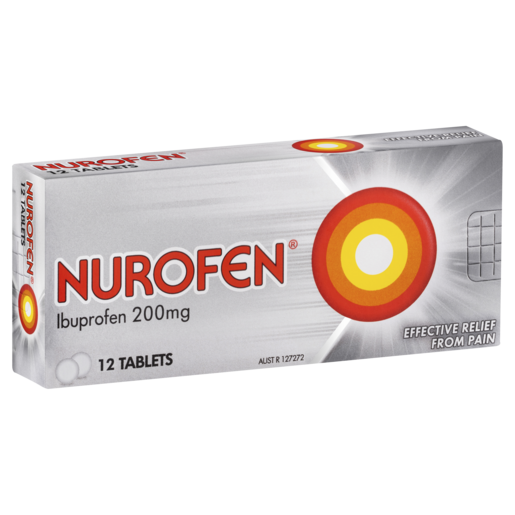Osteoarthritis (OA) is a chronic disease that usually affects the hands, knees and hips.1,2 The main symptoms are joint pain and stiffness that usually develop slowly over time.3 It can get to a point where everyday tasks become difficult.3
There is a rapid increase in OA prevalence after the age of 45,1 with the latest snapshot stating one in five Australians over 45 suffer from OA.1 Given the ageing population, the number of Australians with OA is expected to increase.1
Traditionally, OA was thought to be a non-inflammatory disease resulting from ‘wear and tear’ that leads to loss of cartilage.2,4 However, research into the condition has revealed that inflammation plays a role in OA pain.4,5 In a holistic management approach for OA sufferers, pain management is an important aspect.1
Guideline update
Guidelines for the pharmacological management of OA pain have changed.1
To reflect changing evidence in the field of osteoarthritis, the Royal Australian College of General Practitioners (RACGP) updated its guideline for the management of knee/hip OA in 2018.1
Recommendation for1
|
No recommendation for or against1
|
Paracetamol has long been considered first-line therapy for OA. However there is no longer a recommendation for or against the use of paracetamol, as current evidence suggests the reduction in OA pain is too small to be of clinical relevance.1
NSAIDs taken orally have been demonstrated to reduce pain and increase function in patients with knee/hip OA and are possibly more effective than paracetamol for most people.1 It may be reasonable to trial them at the lowest effective dose and discontinue use if not effective.1
Alongside pharmacological options, supporting education about the condition and the importance of weight loss and movement is crucial for OA management.1
Pain relief
As part of an integrated care approach, Nurofen tablets help to relieve the pain of osteoarthritis for up to eight hours.6-8†
On flare-up days, choose Nurofen for long-lasting relief.6-8 Plus, consistent, high-level evidence shows that Nurofen is as well tolerated as paracetamol and agreeable to most people.9,10**
†Two tablets of Nurofen 200mg provides up to 8 hours of relief.6-8 **When taken as directed in an over-the-counter setting in people without contraindications/precautions.9,10
References
- The Royal Australian College of General Practitioners. Guideline for the management of knee and hip osteoarthritis. 2nd 2018. At: http://www.acsep.org.au/content/Document/guideline-for-the-management-of-knee-and-hip-oa-2nd-edition.pdf
- Kielly J et al. Practice guidelines for pharmacists: The management of osteoarthritis. 2017. At: https://www.ncbi.nlm.nih.gov/pmc/articles/PMC5415069/
- Arthritis & Osteoporosis New South Wales. Osteoarthritis. At: https://www.arthritisnsw.org.au/about-arthritis/types-of-arthritis/osteoarthritis/ (accessed 2 July 2019).
- Berenbaum F. Osteoarthritis as an inflammatory disease. 2013. At: https://www.oarsijournal.com/article/S1063-4584(12)01025-4/fulltext
- Chen D et al. Osteoarthritis: toward a comprehensive understanding of pathological mechanism. 2017. At: https://www.ncbi.nlm.nih.gov/pubmed/28149655
- Mehlisch DR et al. A single-tablet fixed-dose combination of racemic ibuprofen/paracetamol in the management of moderate to severe postoperative dental pain in adult and adolescent patients: a multicenter, two-stage, randomized, double-blind, parallel-group, placebo-controlled, factorial study. 2010. At: https://www.ncbi.nlm.nih.gov/pubmed/20637958
- Malmstrom K et al.Comparison of rofecoxib and celecoxib, two cyclooxygenase-2 inhibitors, in postoperative dental pain: A randomized, placebo- and active-comparator-controlled clinical trial. 199. At: https://www.clinicaltherapeutics.com/article/S0149-2918(99)80045-9/pdf
- Malmstrom K et al. Etoricoxib in acute pain associated with dental surgery: A randomized, double-blind, placebo- and active comparator-controlled dose-ranging study. 2004. At: https://www.clinicaltherapeutics.com/article/S0149-2918(04)90067-7/pdf
- Moore N et al. The PAIN Study: Paracetamol, Aspirin and Ibuprofen New Tolerability Study. 1999. At: https://link.springer.com/article/10.2165/00044011-199918020-00001
- Rampal P et al. Gastrointestinal tolerability of ibuprofen compared with paracetamol and aspirin at over-the-counter doses. At: https://www.ncbi.nlm.nih.gov/pubmed/12166347
Nurofen contains 200 mg ibuprofen. For the temporary relief of pain and/or inflammation. This medicine may not be right for you. Read the label before purchase. Follow the directions of use. Incorrect use could be harmful. If symptoms persist, talk to your health professional.
Nurofen Double Strength contains 400 mg ibuprofen. For the temporary relief of pain and/or inflammation. Ask your pharmacist – they must decide if this product is right for you. This medicine may not be right for you. Read the label before purchase. Follow the directions of use. Incorrect use could be harmful. If symptoms persist, talk to your health professional.
®NUROFEN is a registered trademark of the Reckitt Benckiser Group of Companies. Level 47, 680 George St, Sydney 2000, NSW Australia. NUR0686 July 2019.



 John Jones MPS, pharmacist immuniser and owner of My Community Pharmacy Shortland in Newcastle, NSW[/caption]
John Jones MPS, pharmacist immuniser and owner of My Community Pharmacy Shortland in Newcastle, NSW[/caption]


 Debbie Rigby FPS explaining how to correctly use different inhaler devices[/caption]
Debbie Rigby FPS explaining how to correctly use different inhaler devices[/caption]




 Professor Sepehr Shakib[/caption]
Professor Sepehr Shakib[/caption]

 Lee McLennan MPS[/caption]
Lee McLennan MPS[/caption]
 Dr Natalie Soulsby FPS, Adv Prac Pharm[/caption]
Dr Natalie Soulsby FPS, Adv Prac Pharm[/caption]
 Joanne Gross MPS[/caption]
Joanne Gross MPS[/caption]










